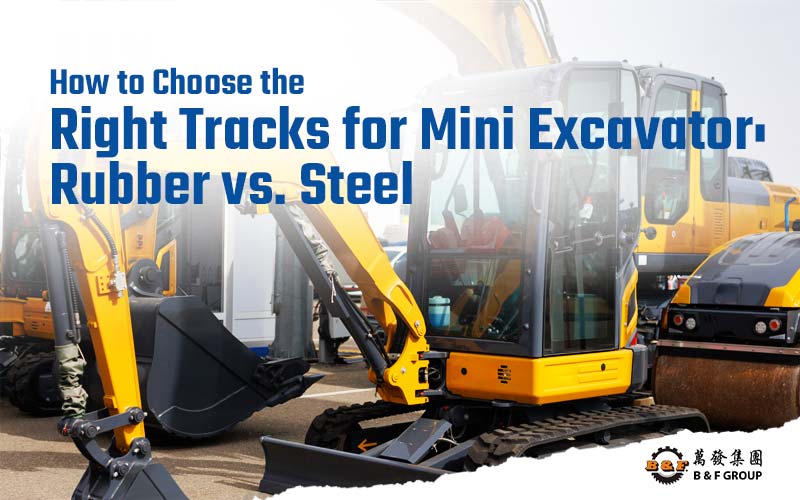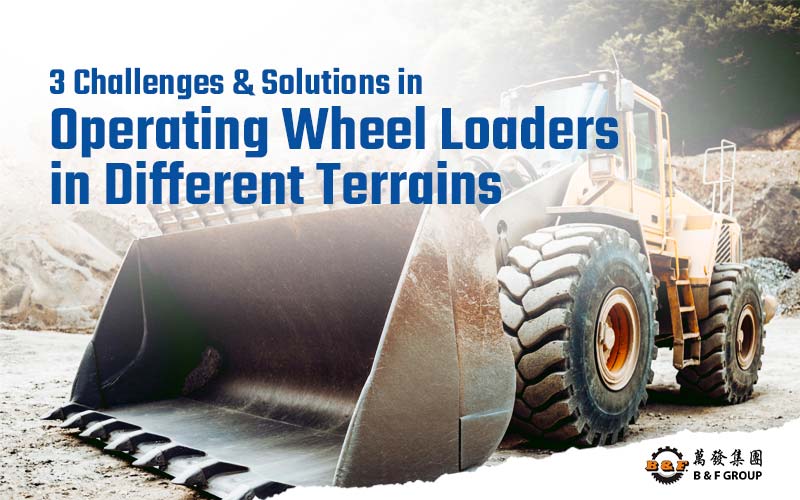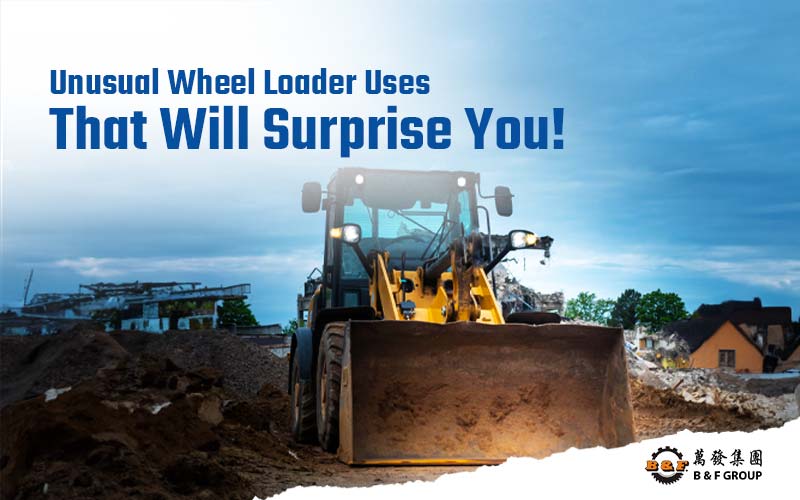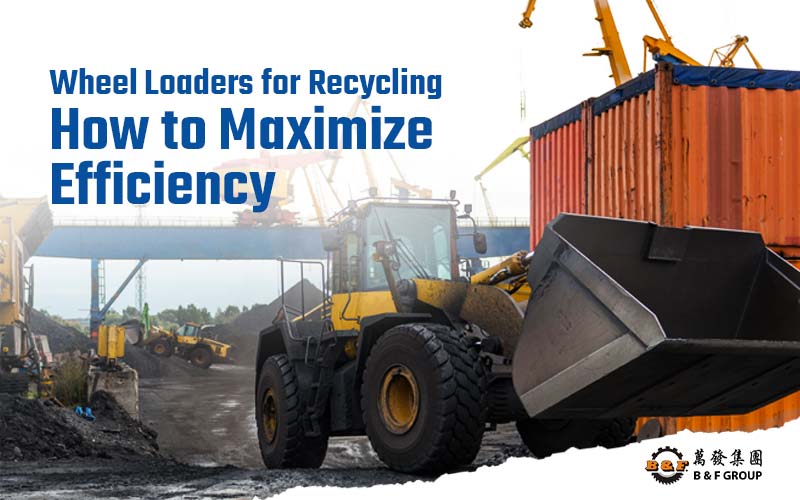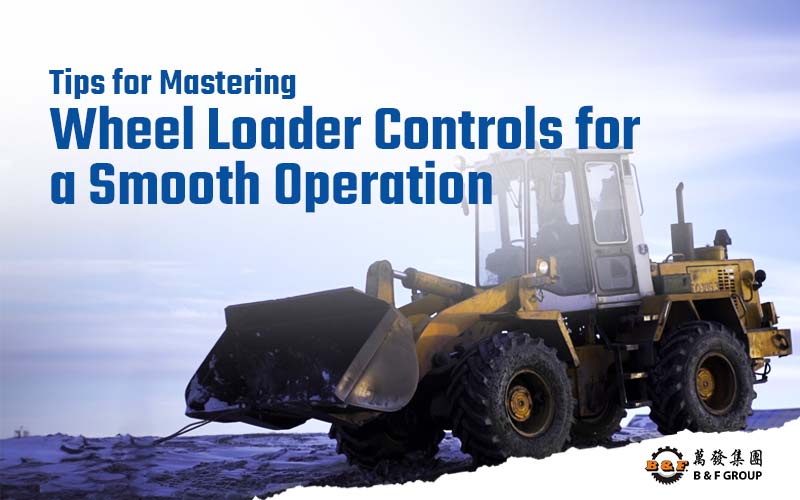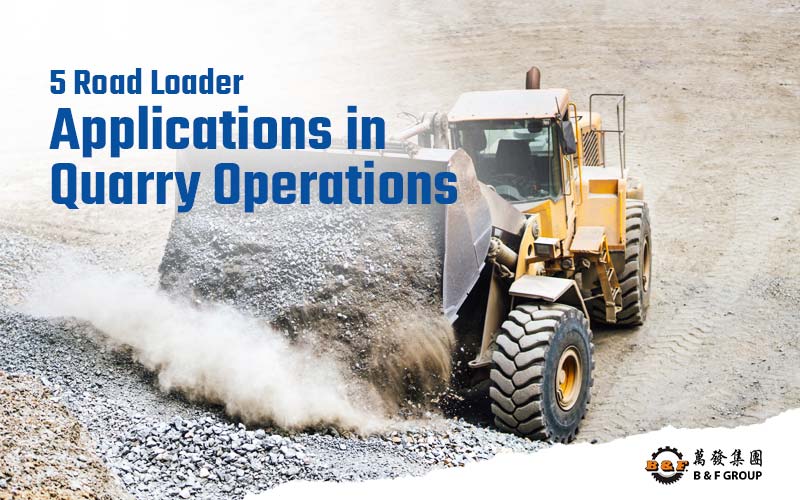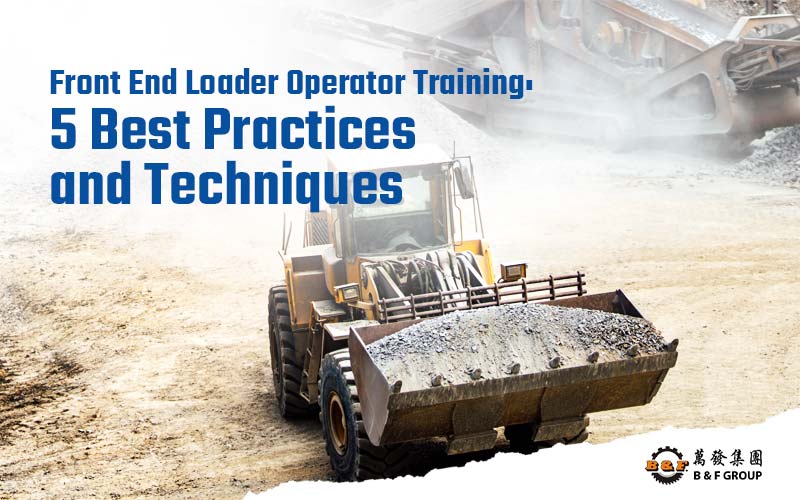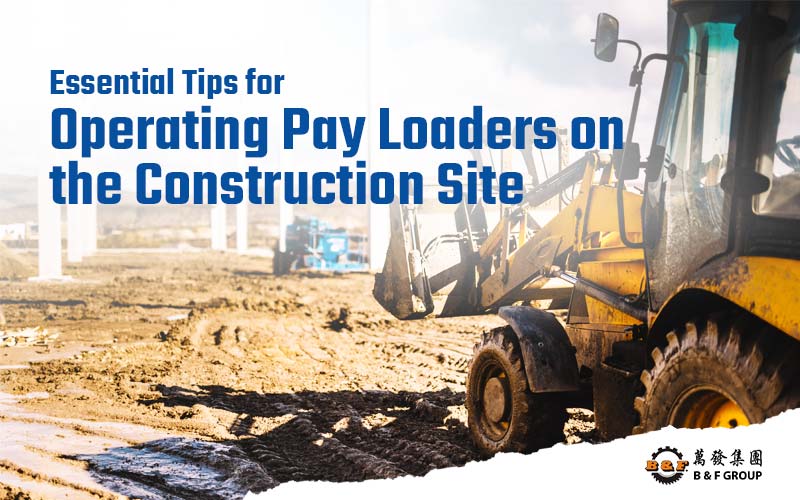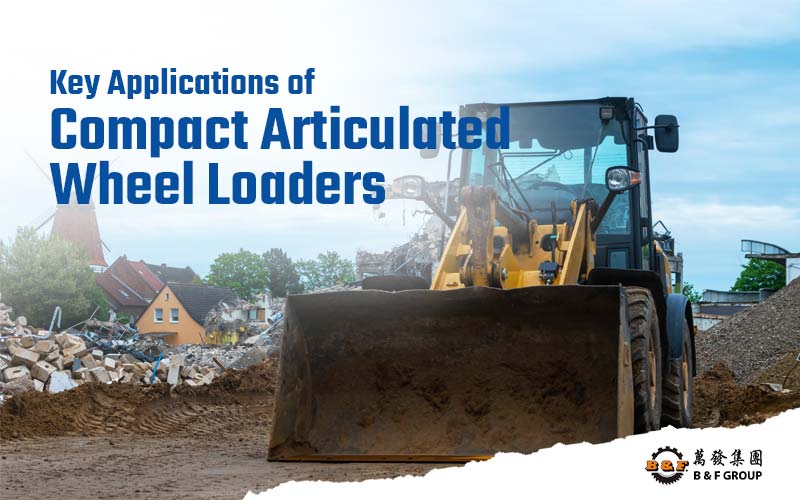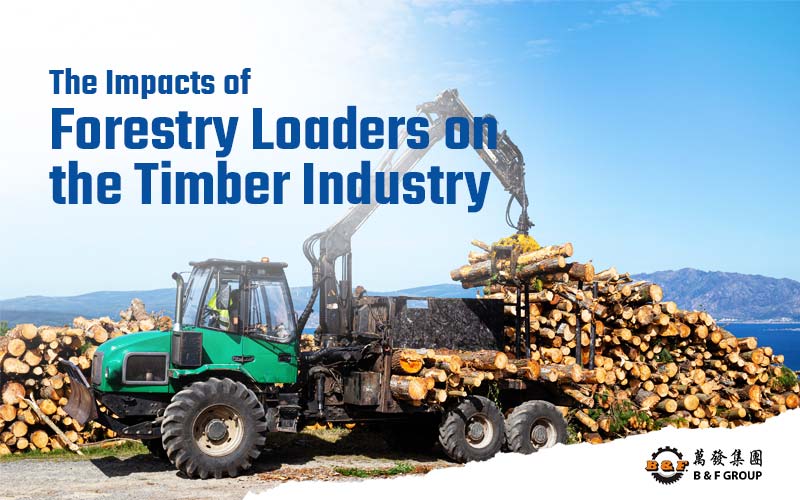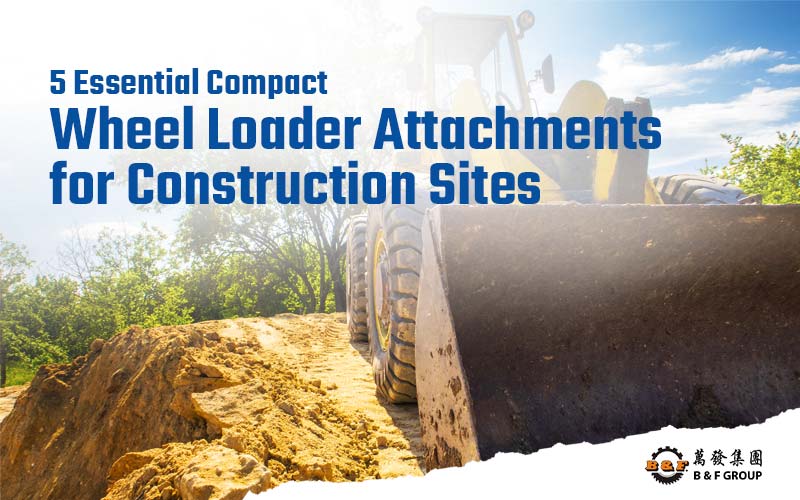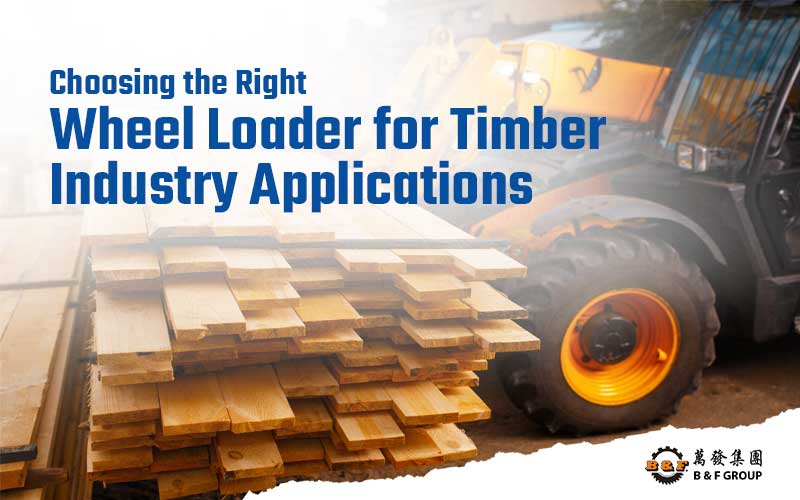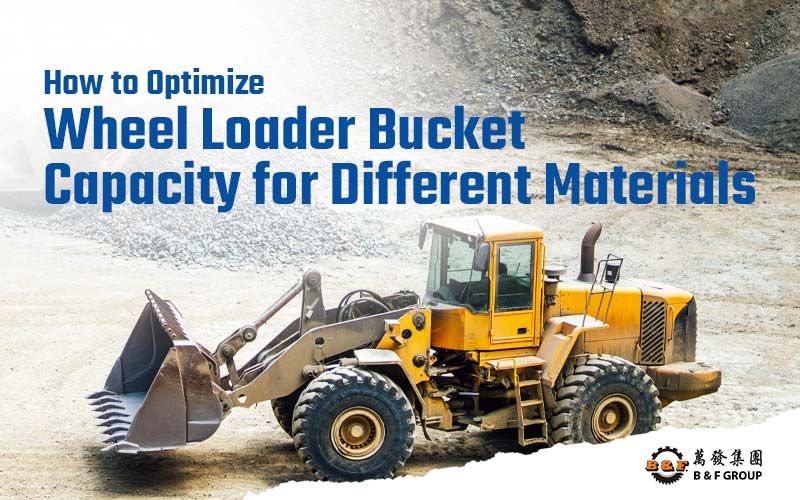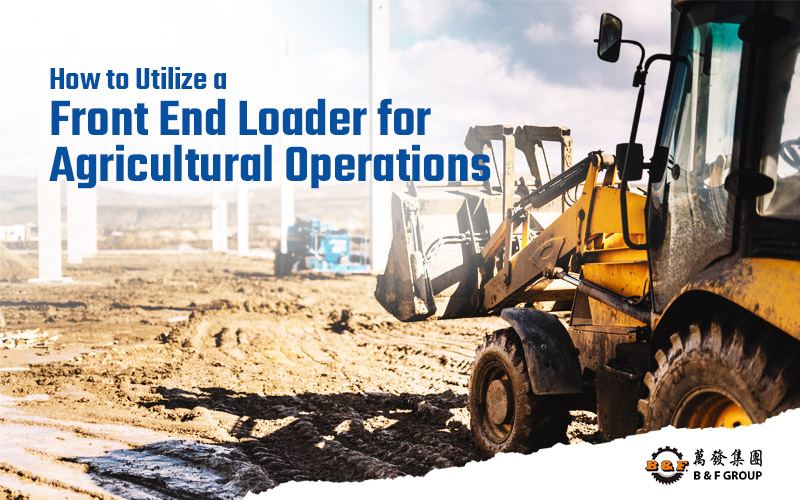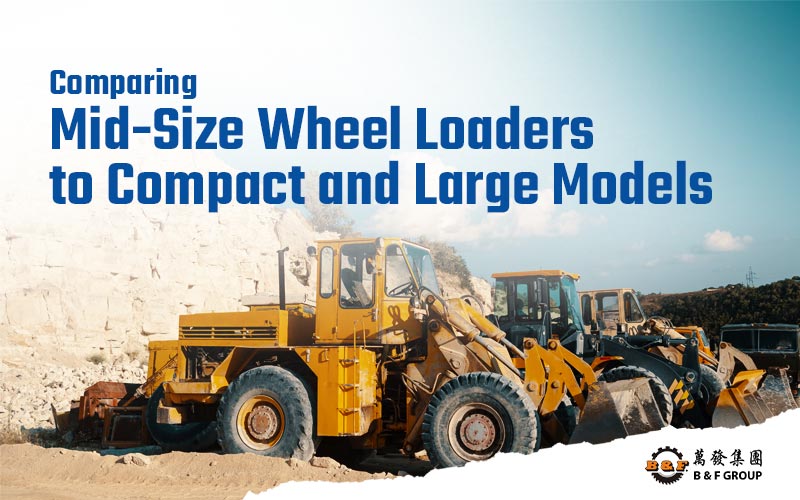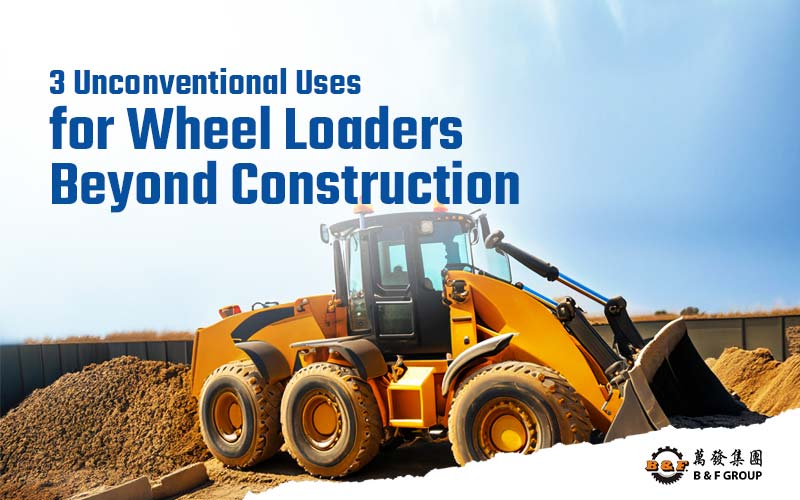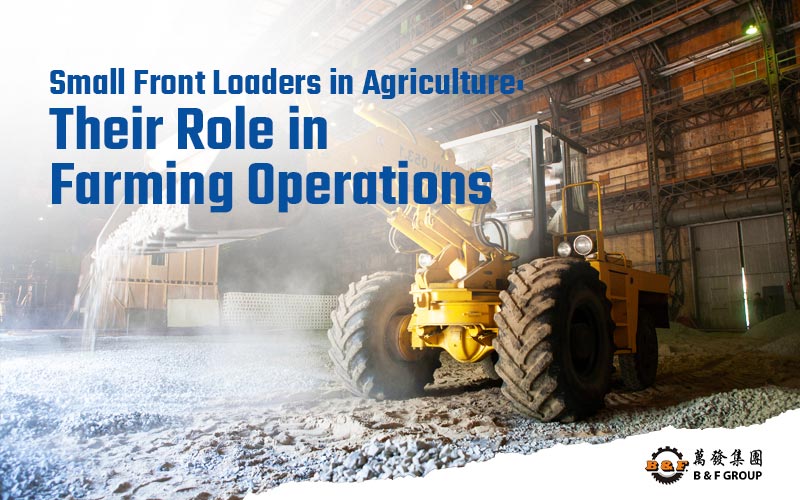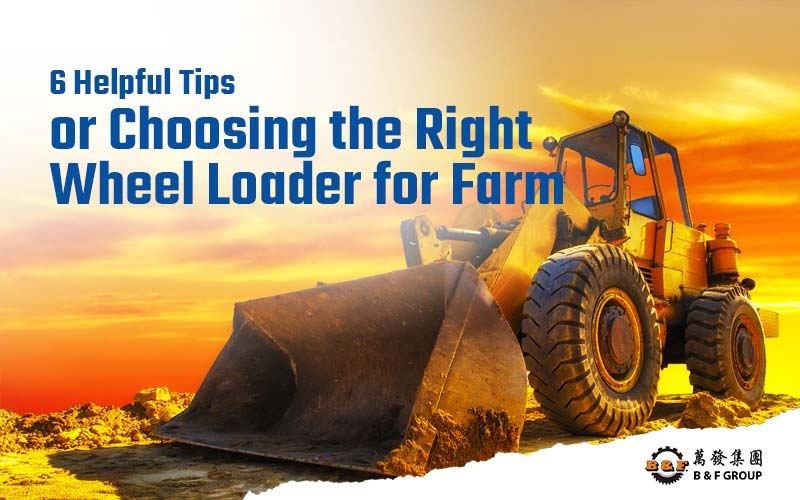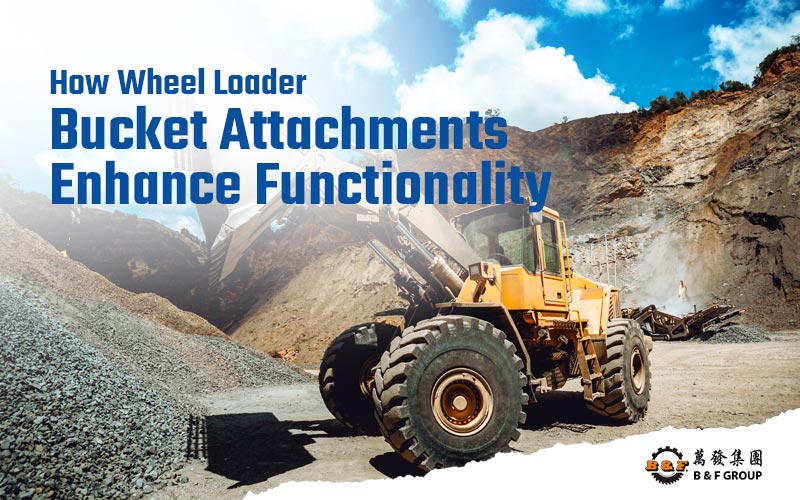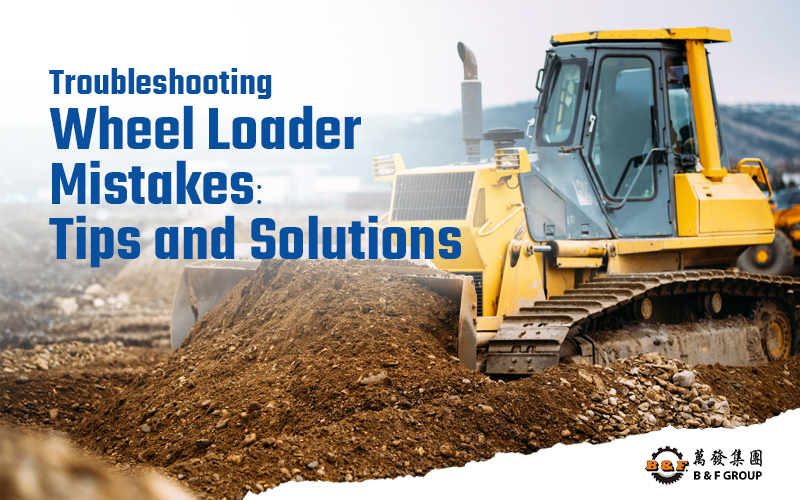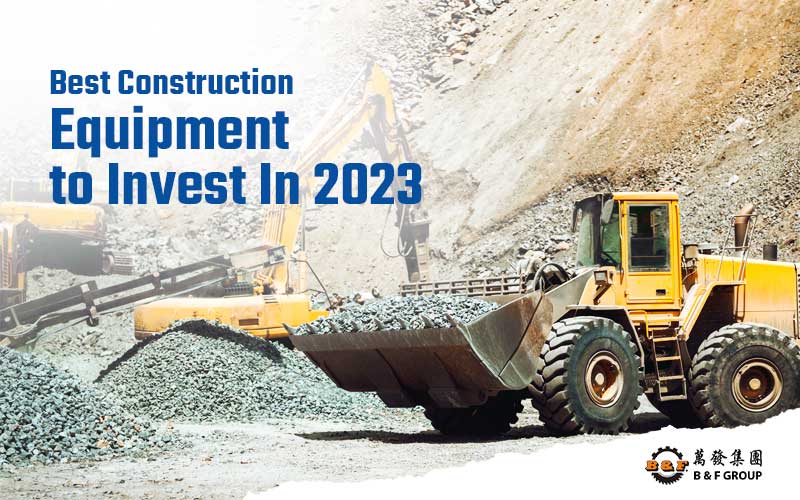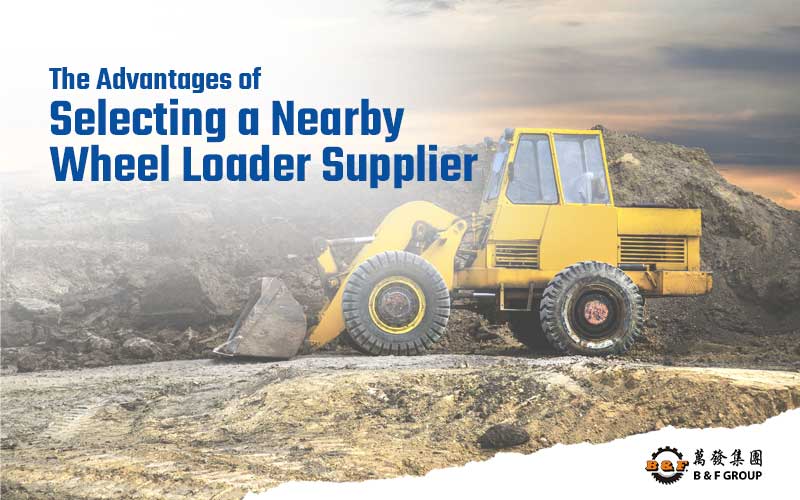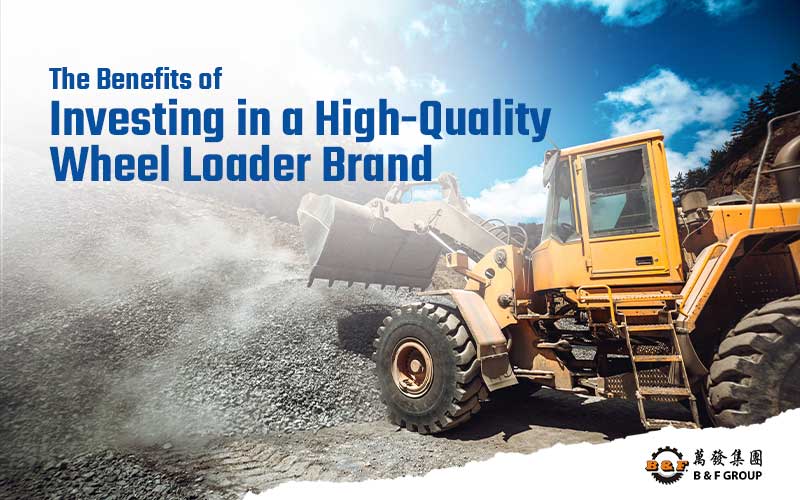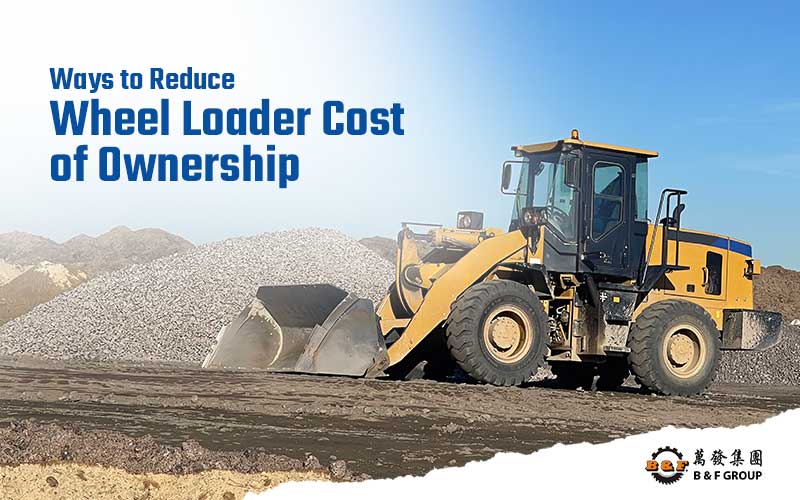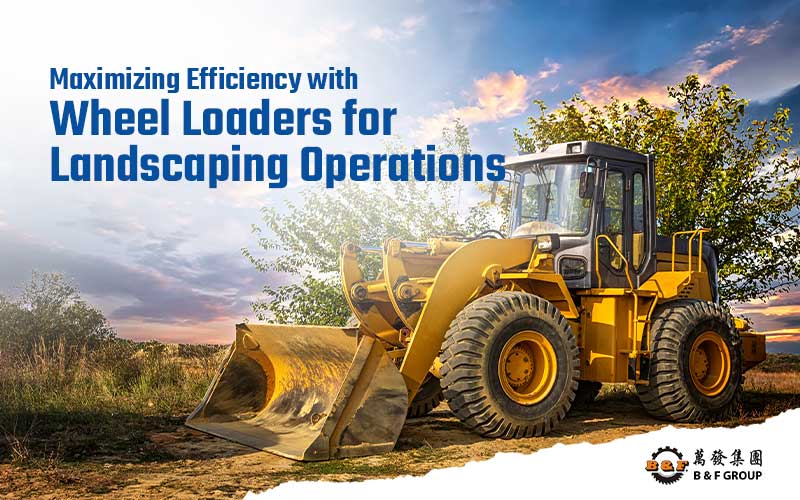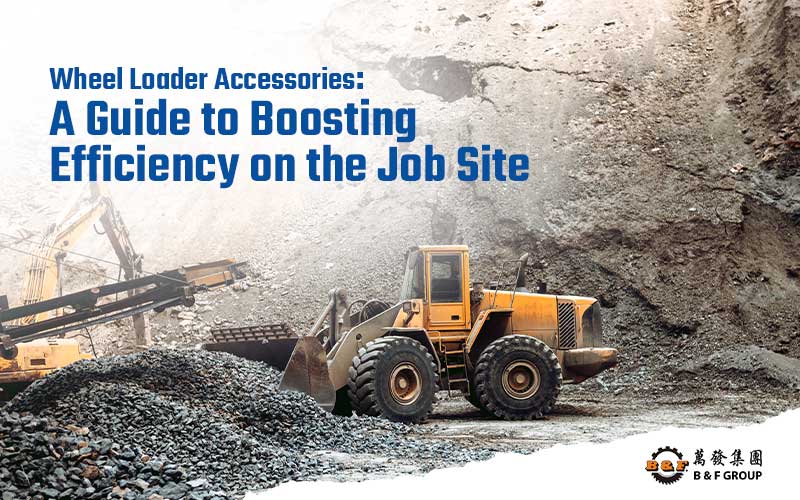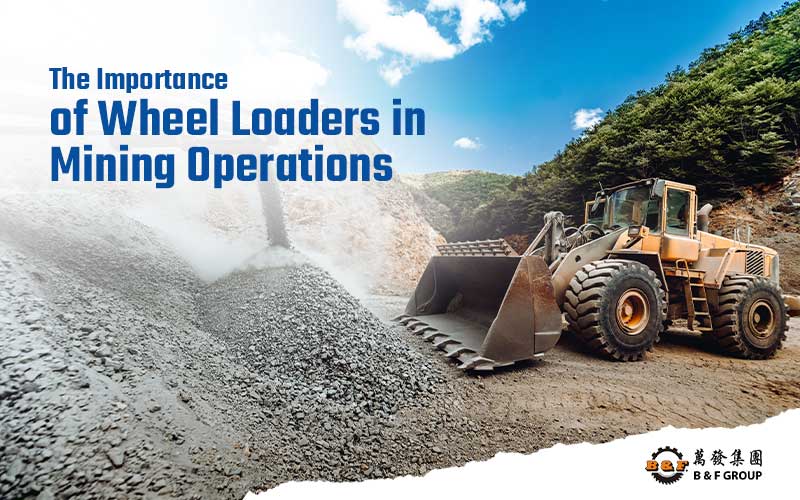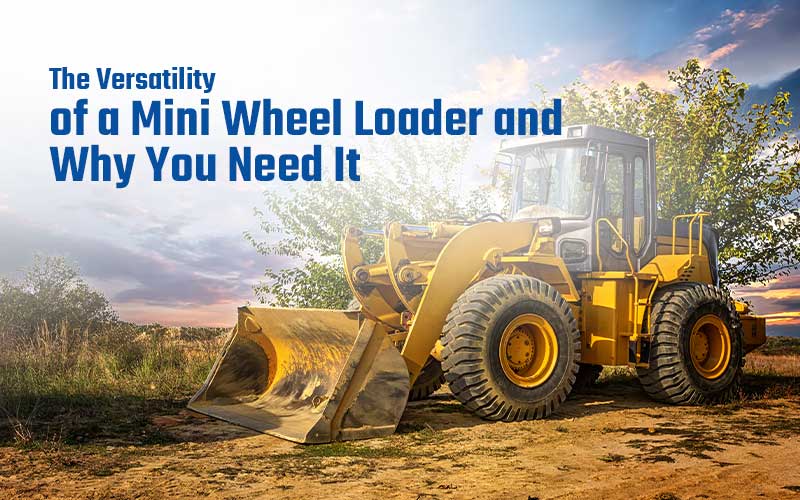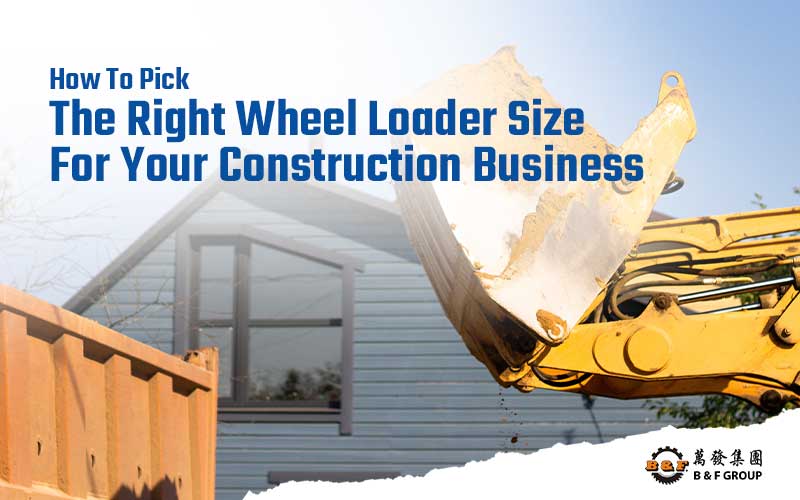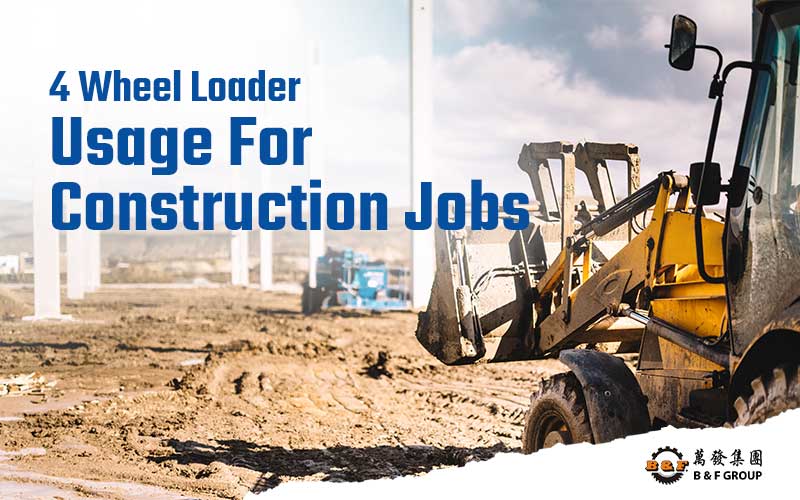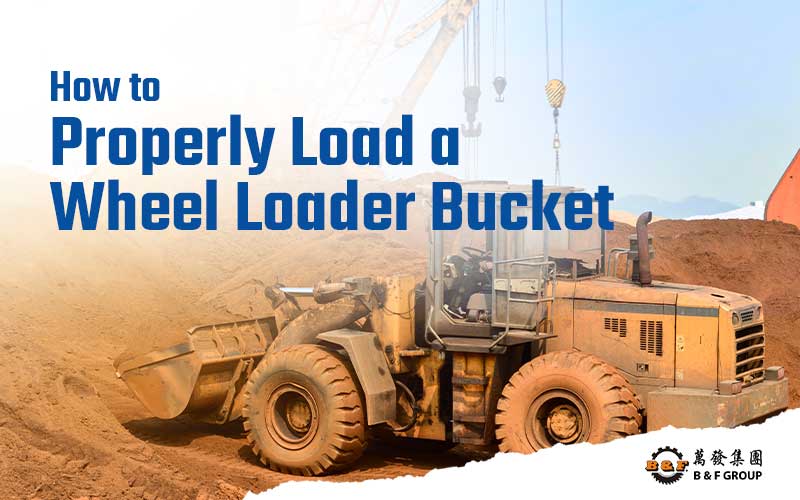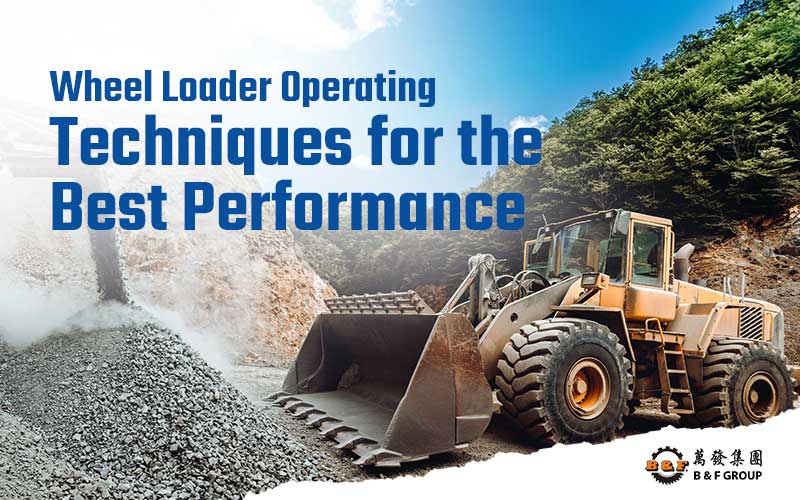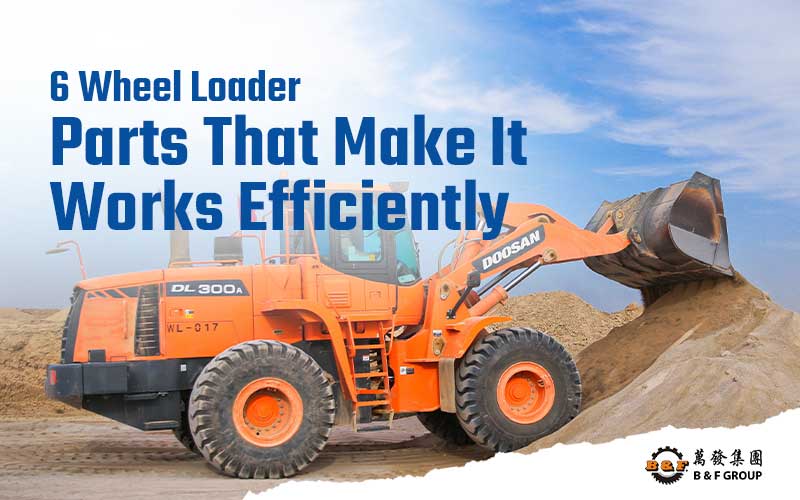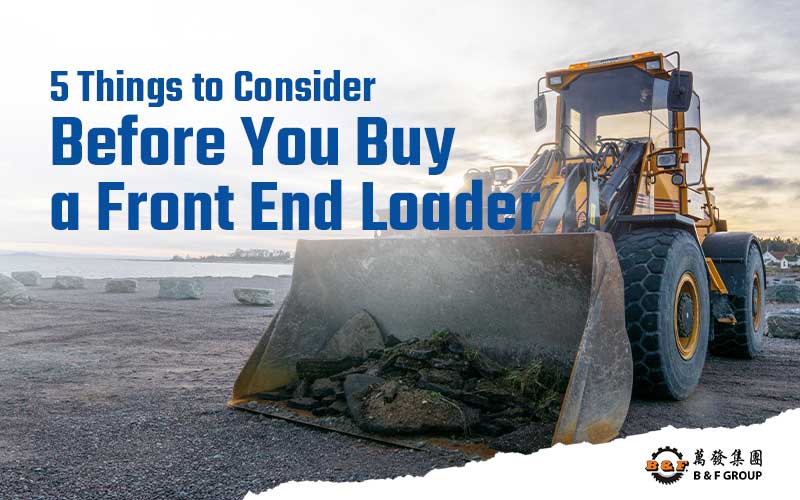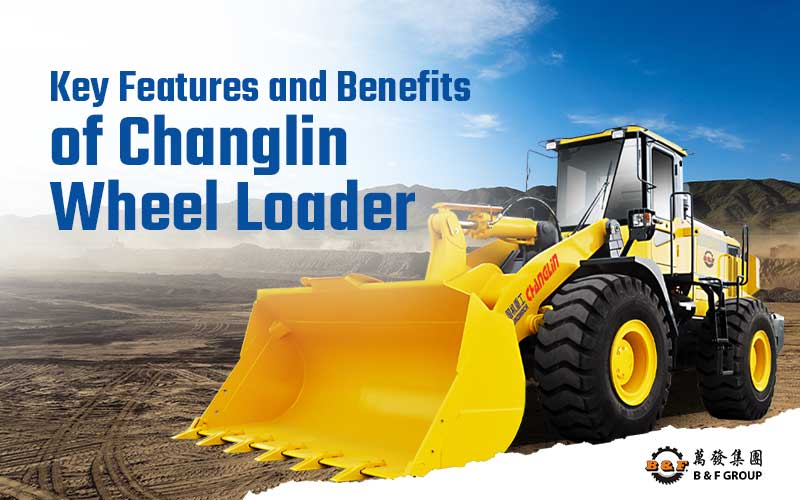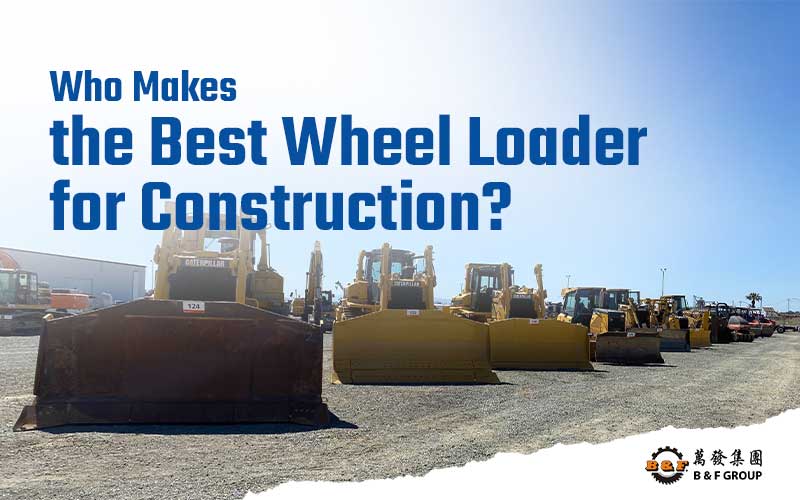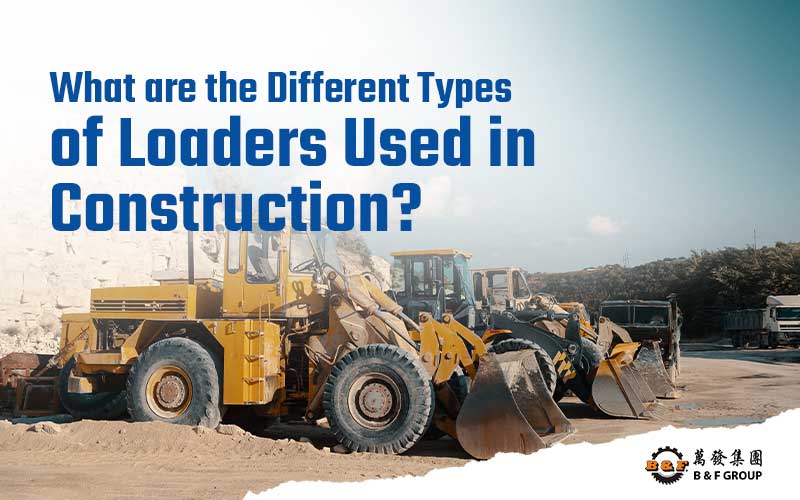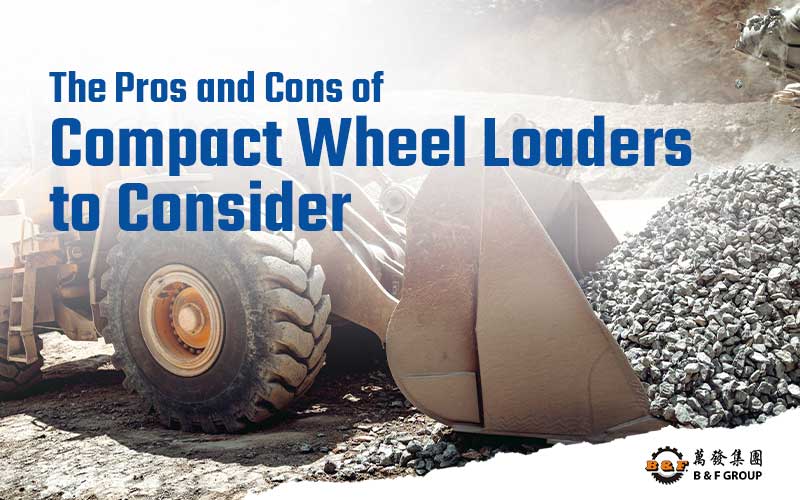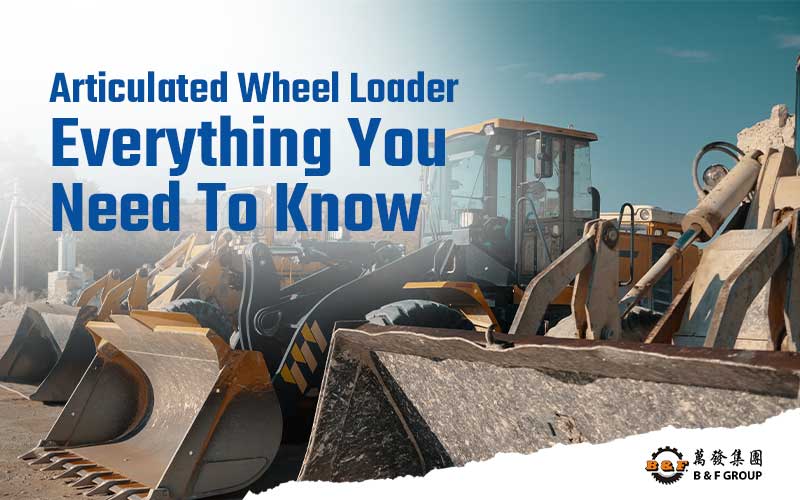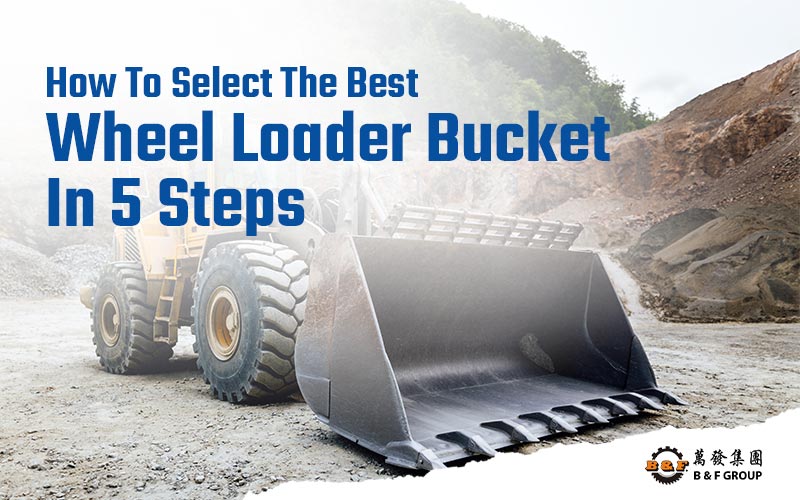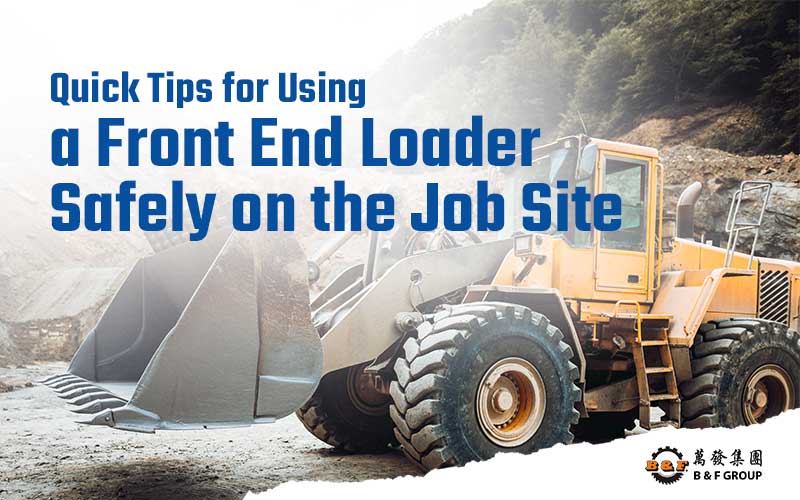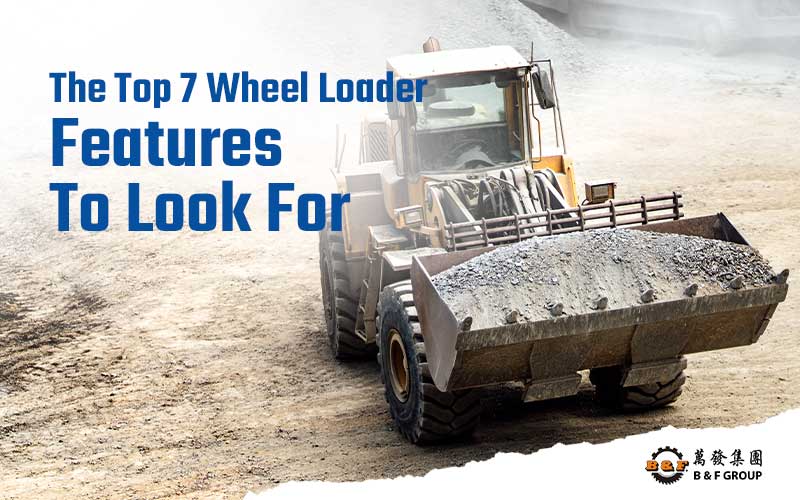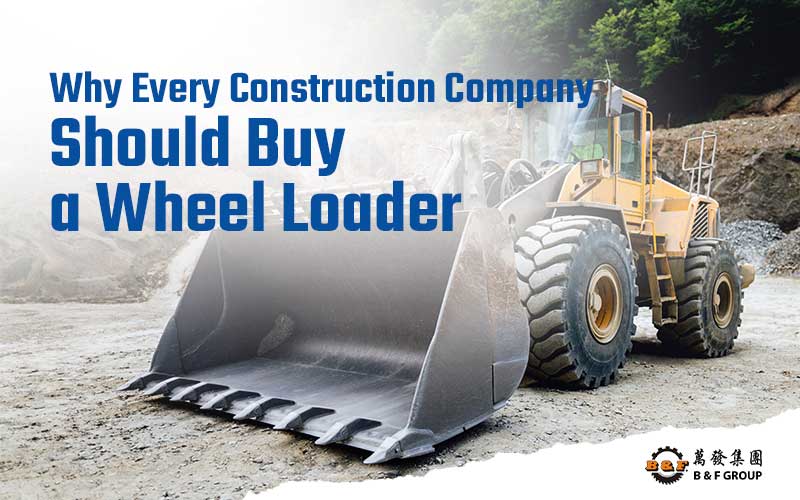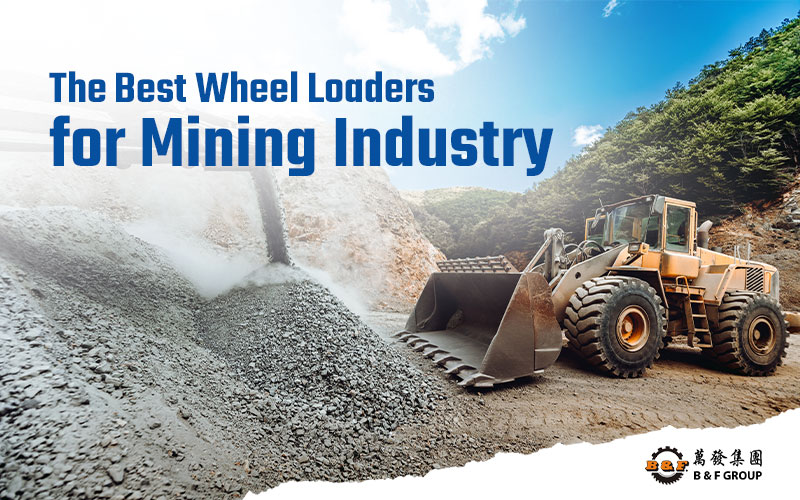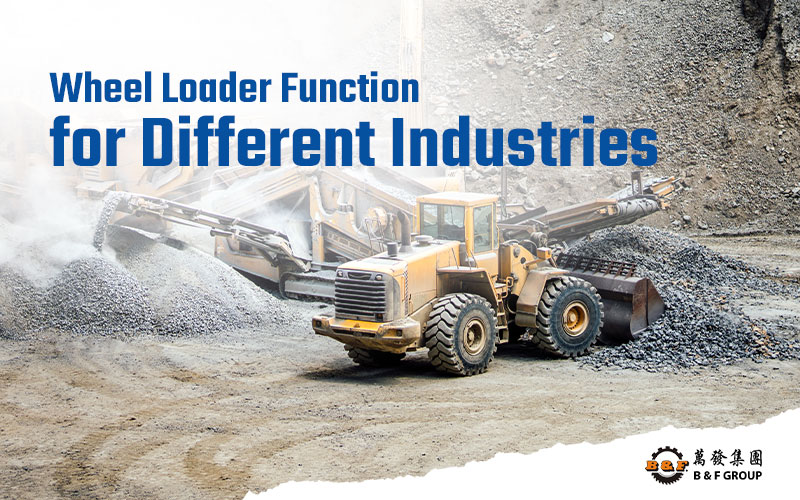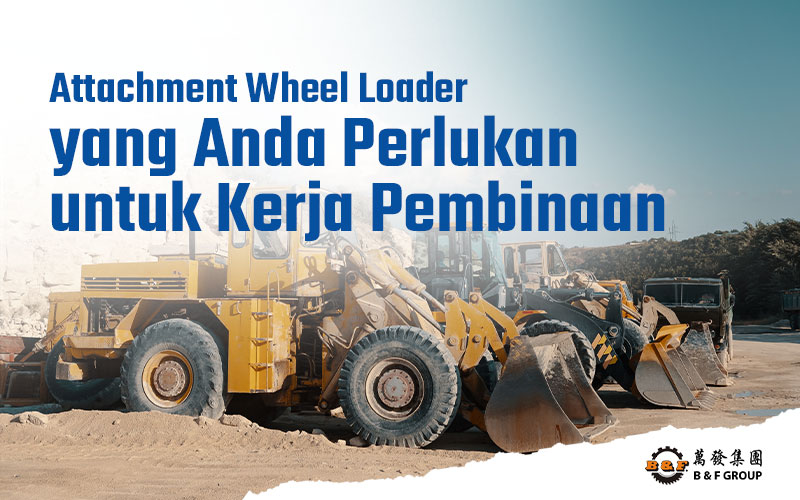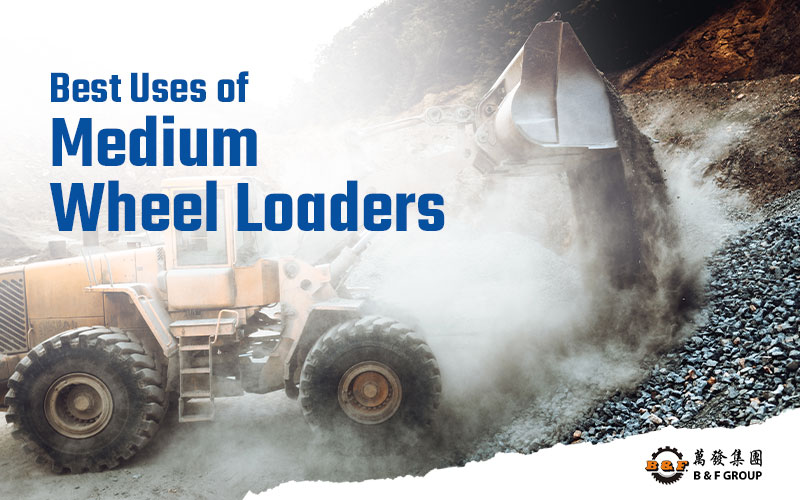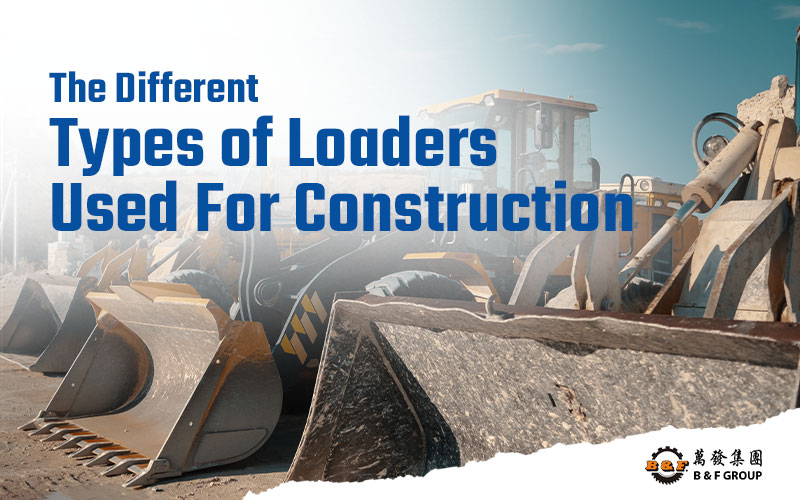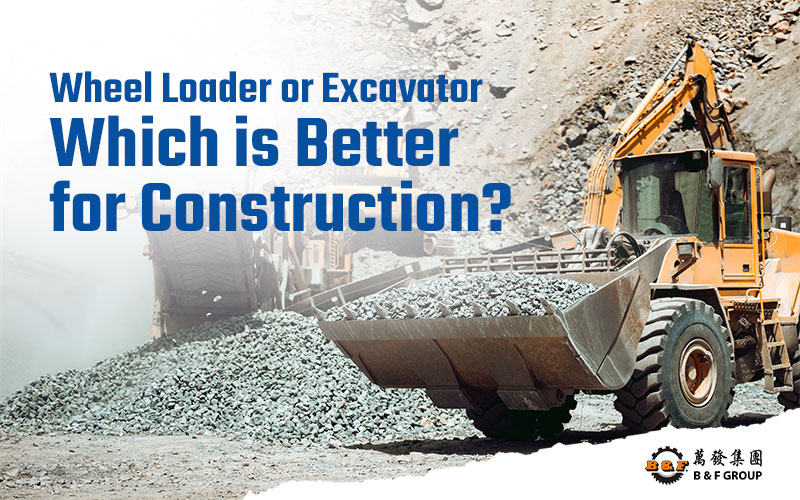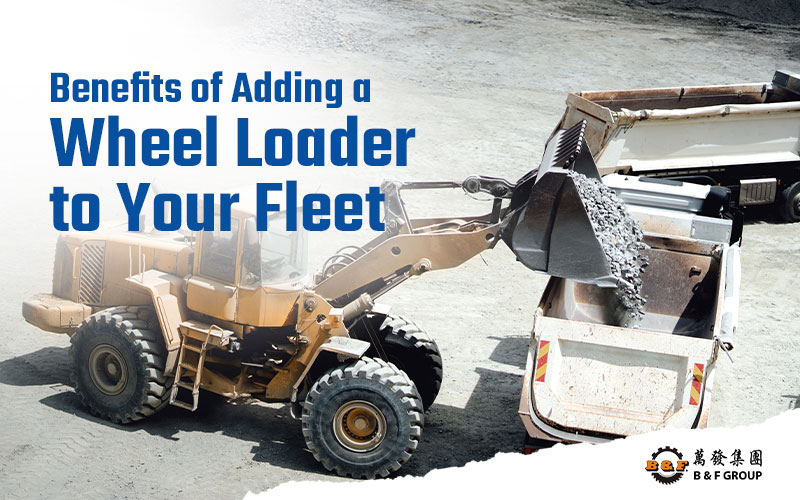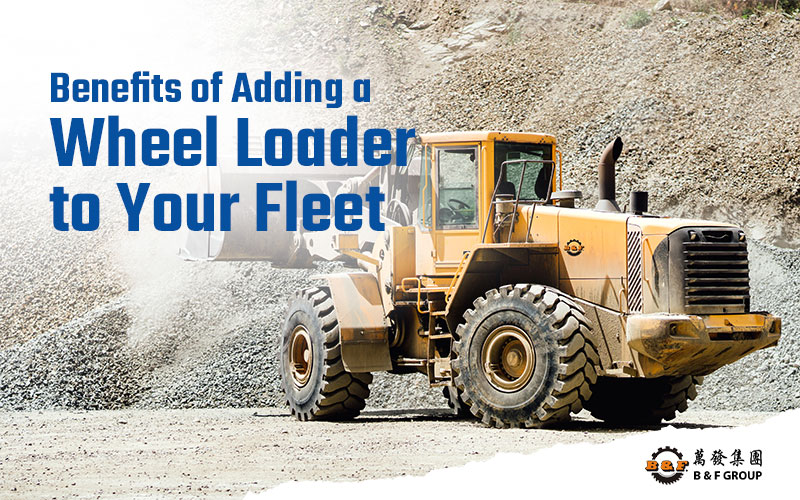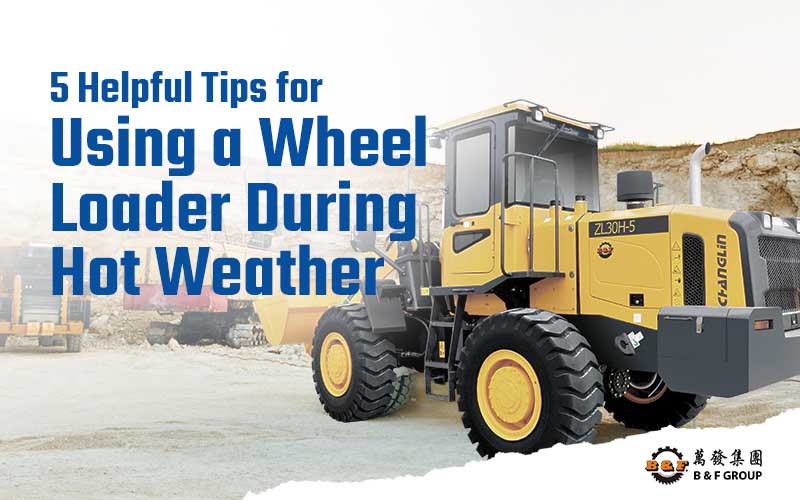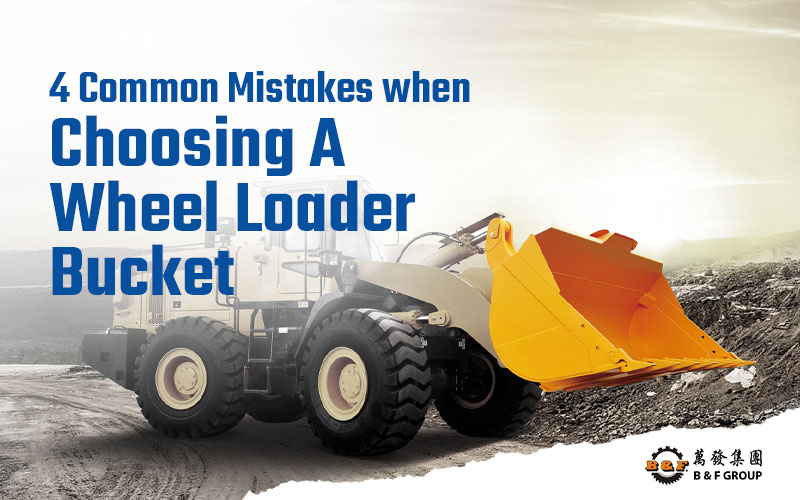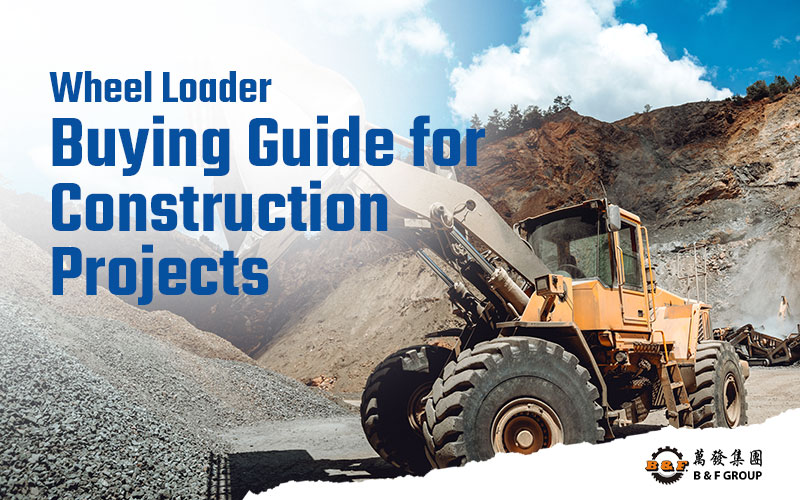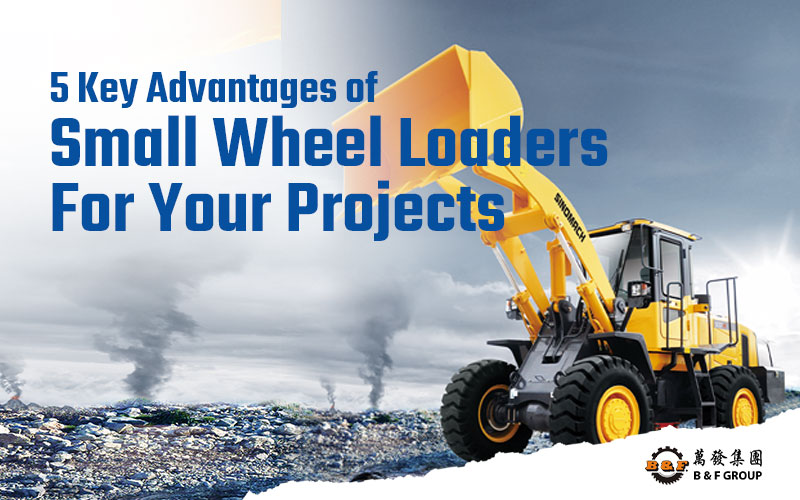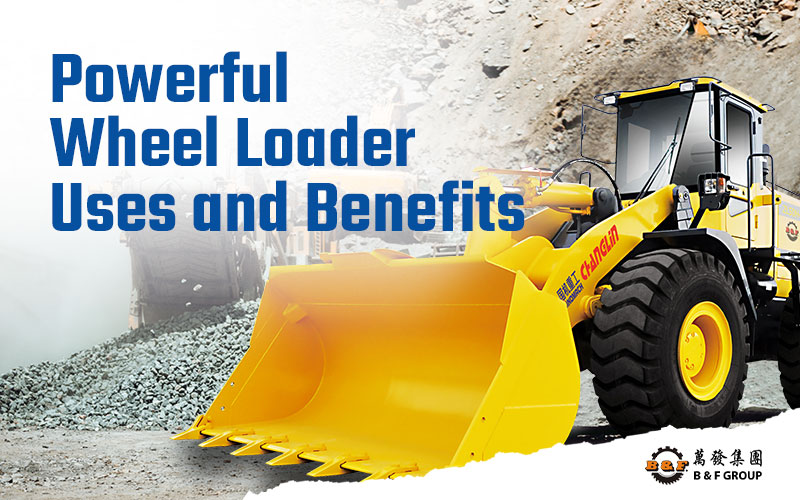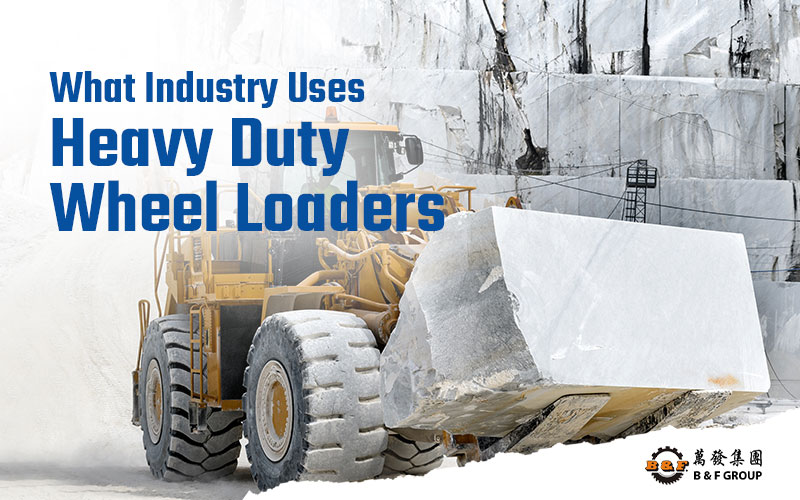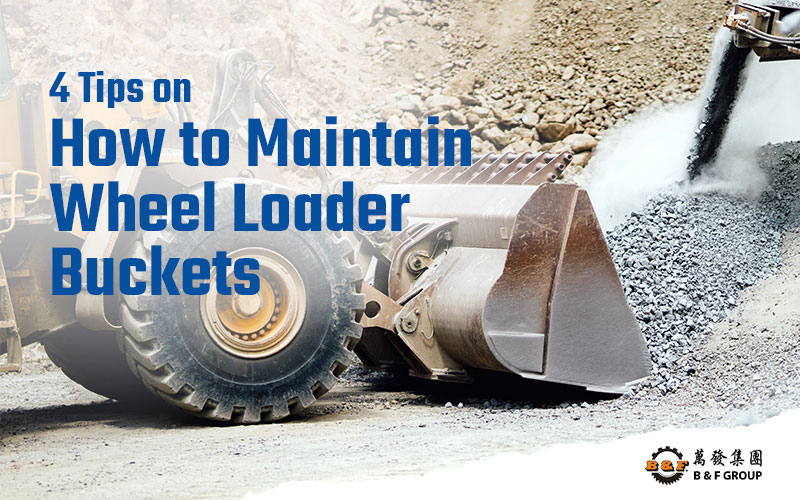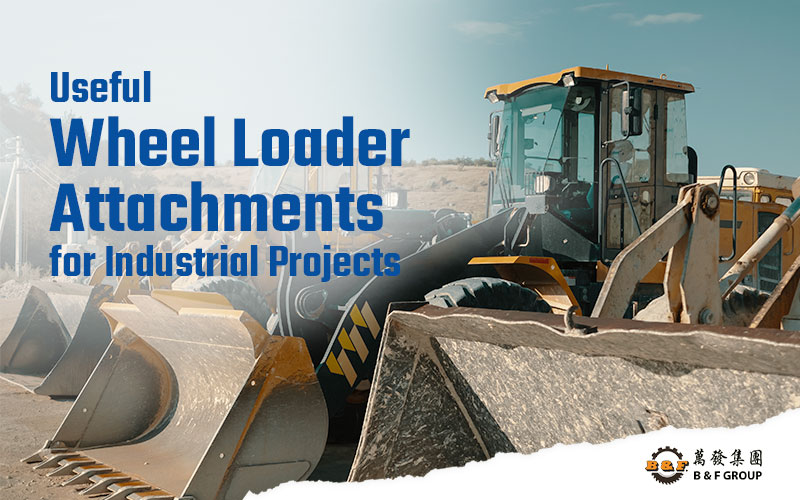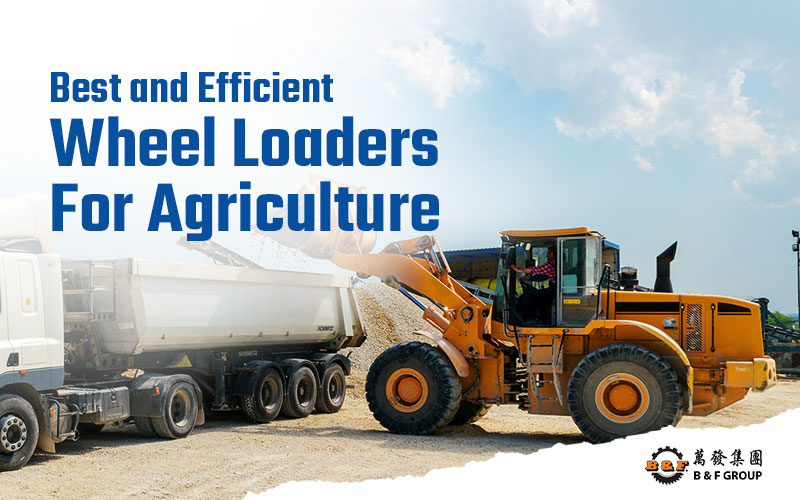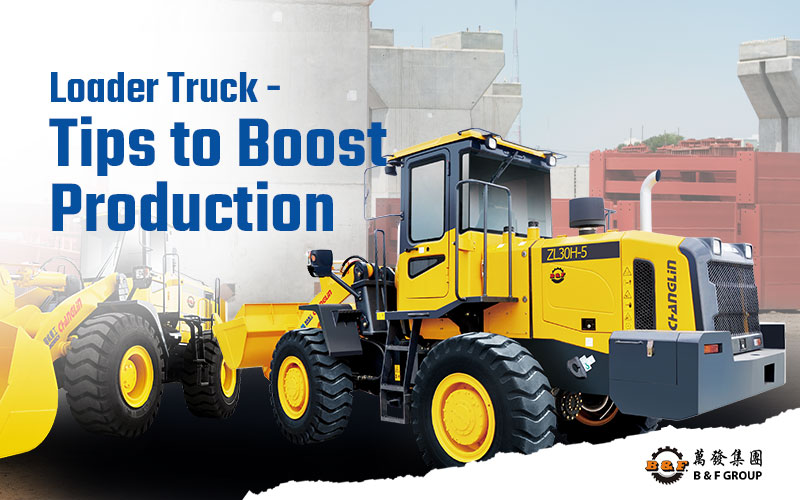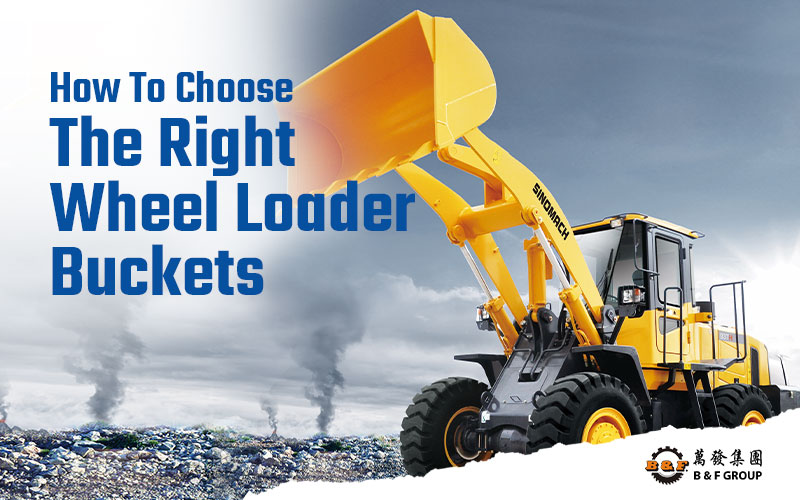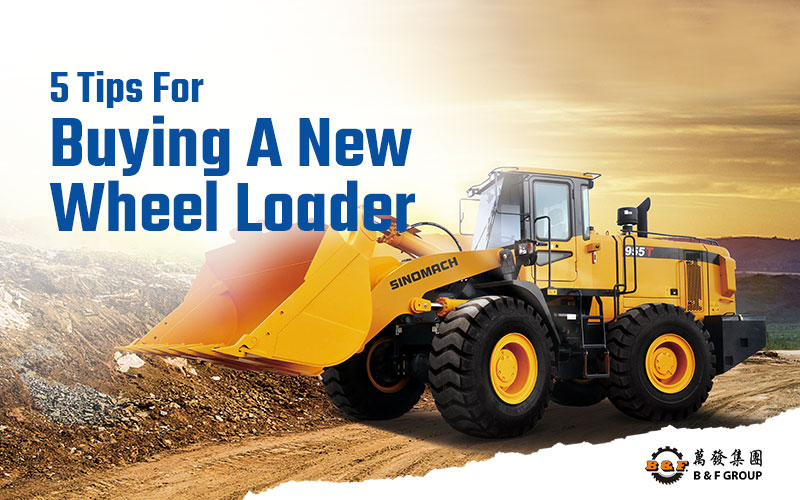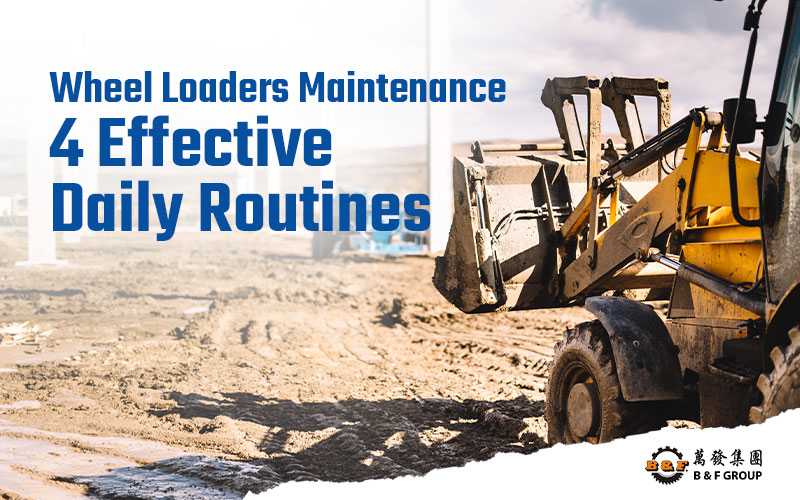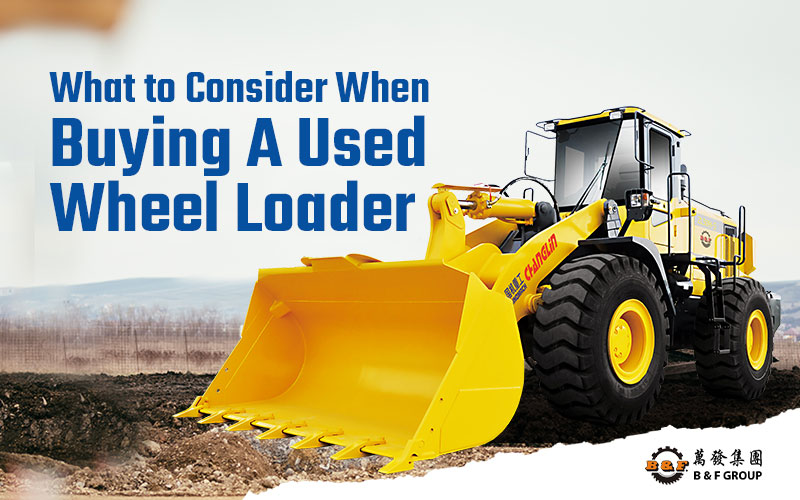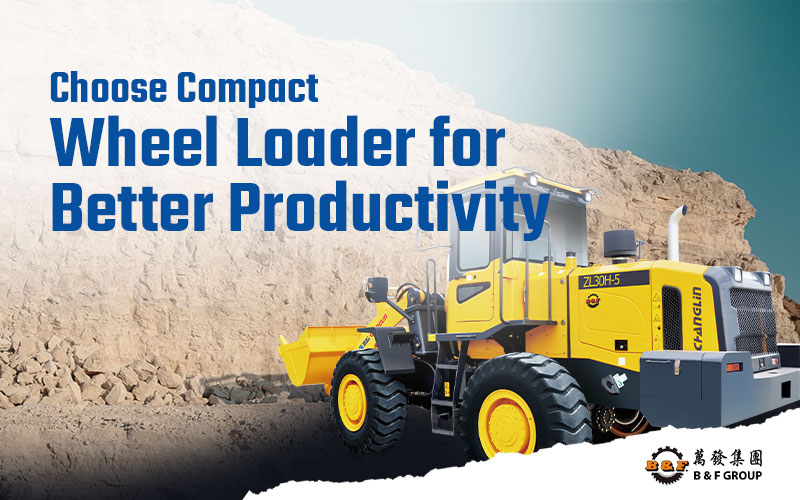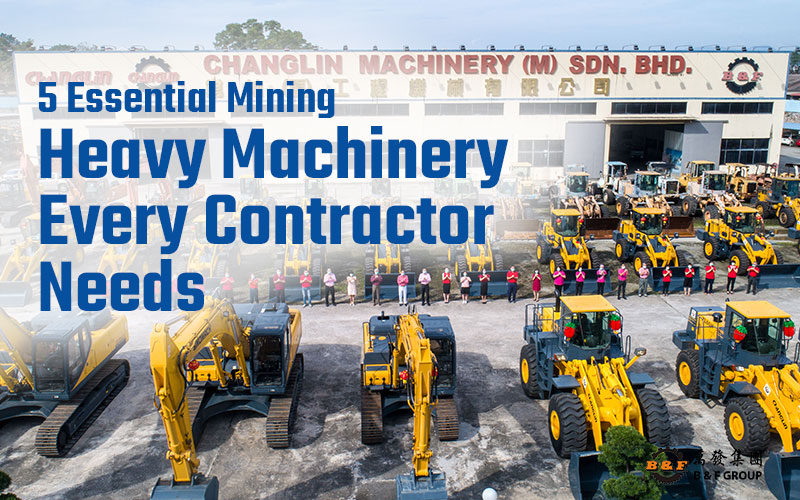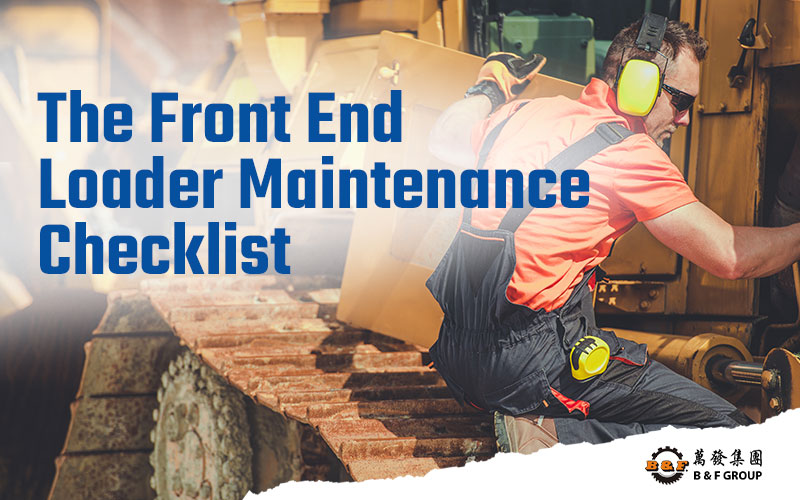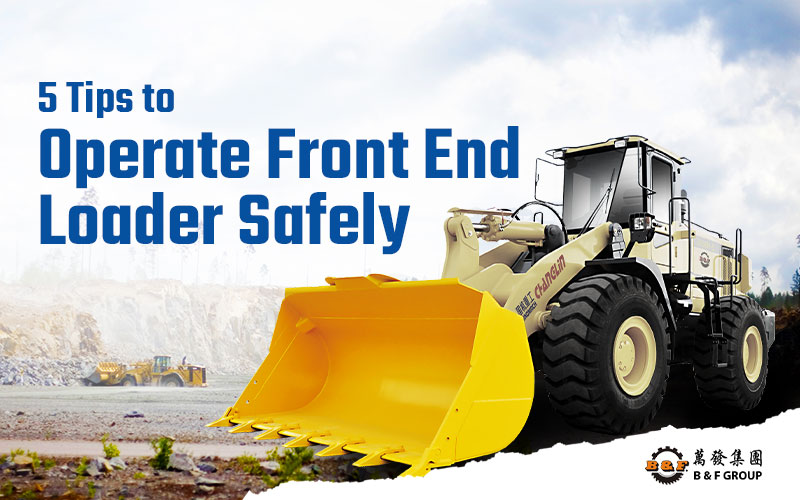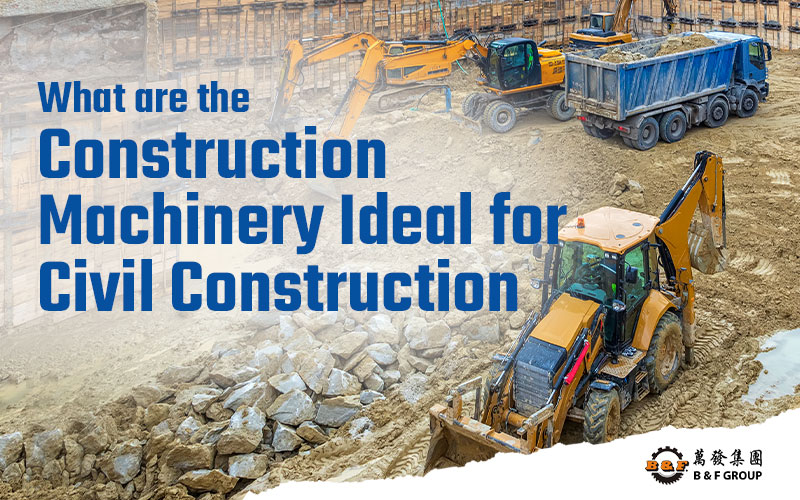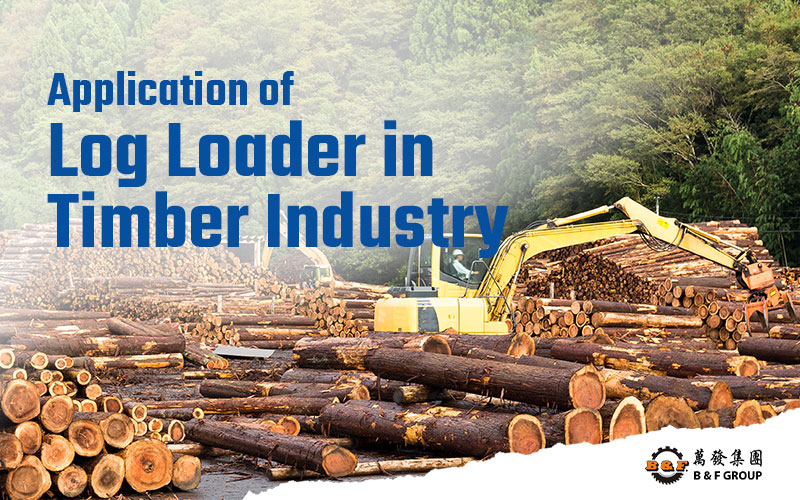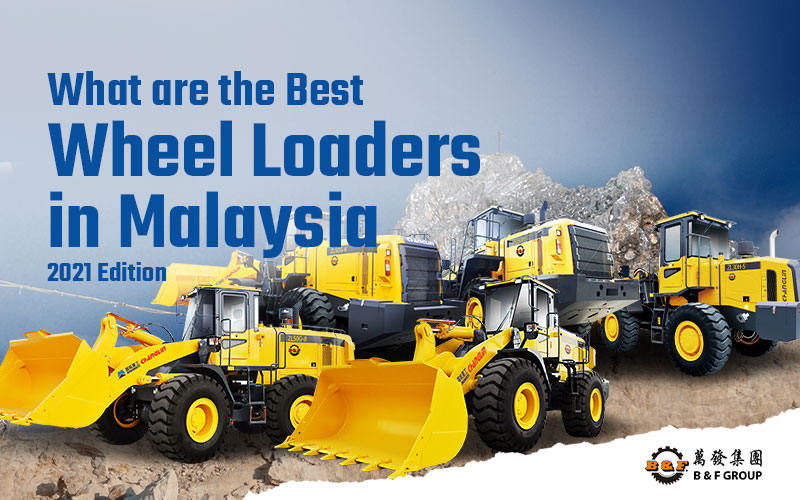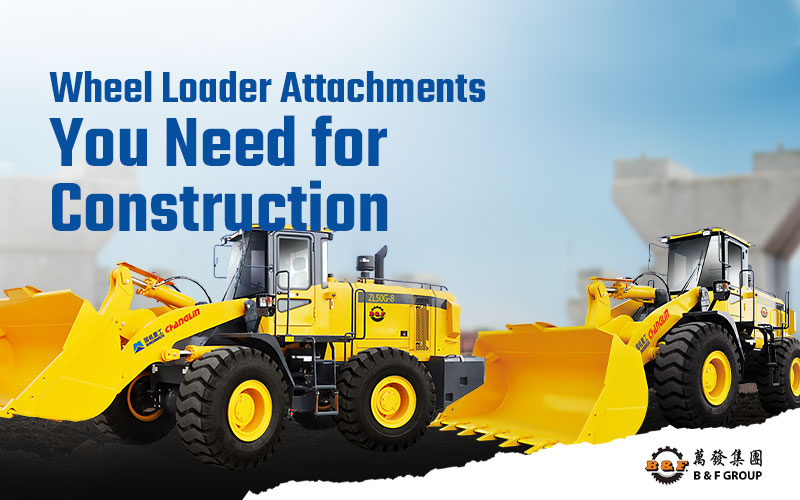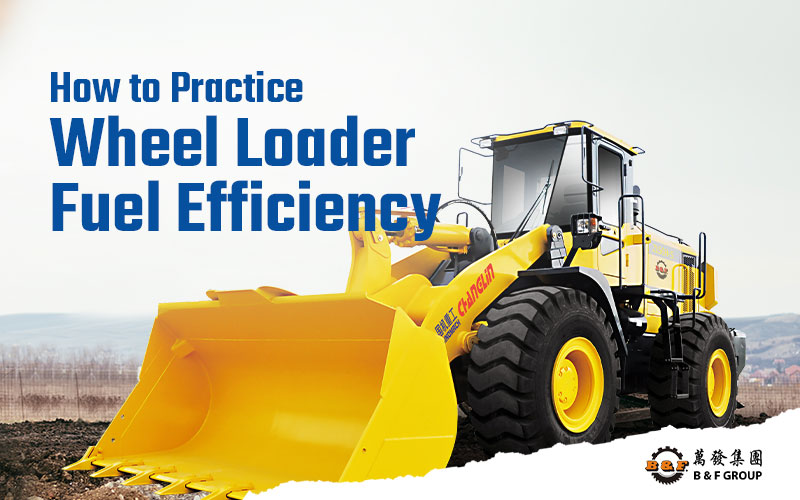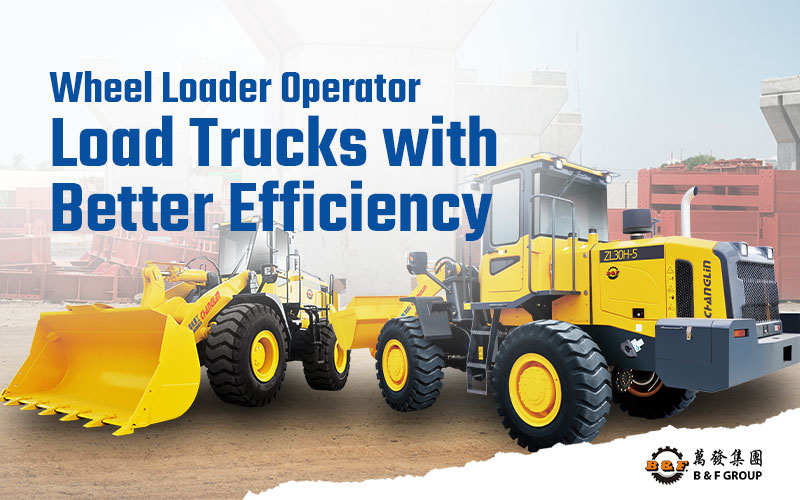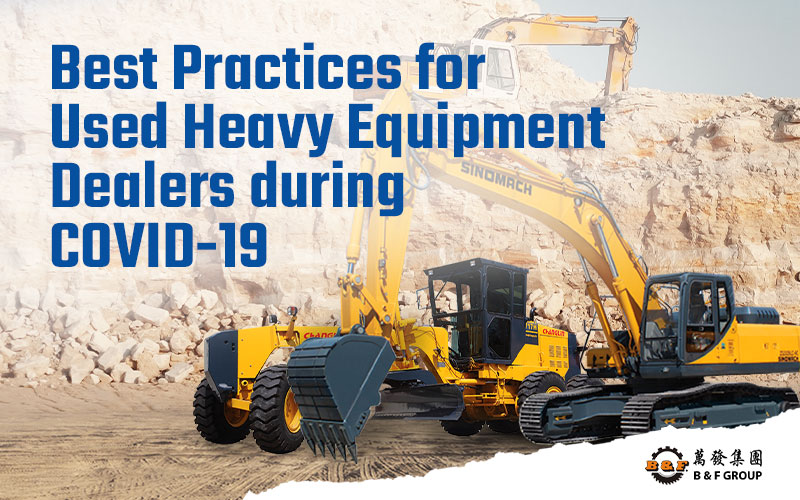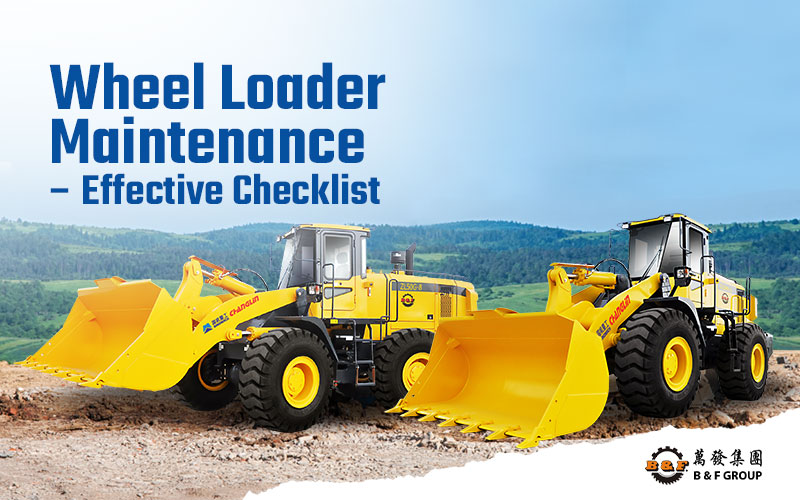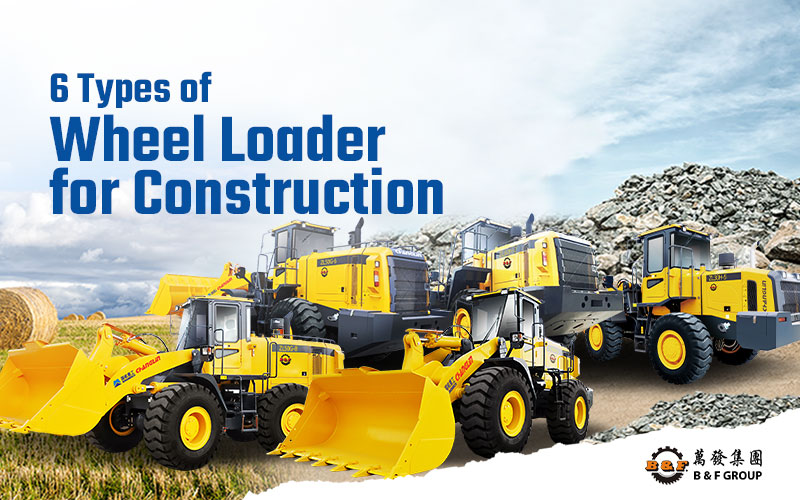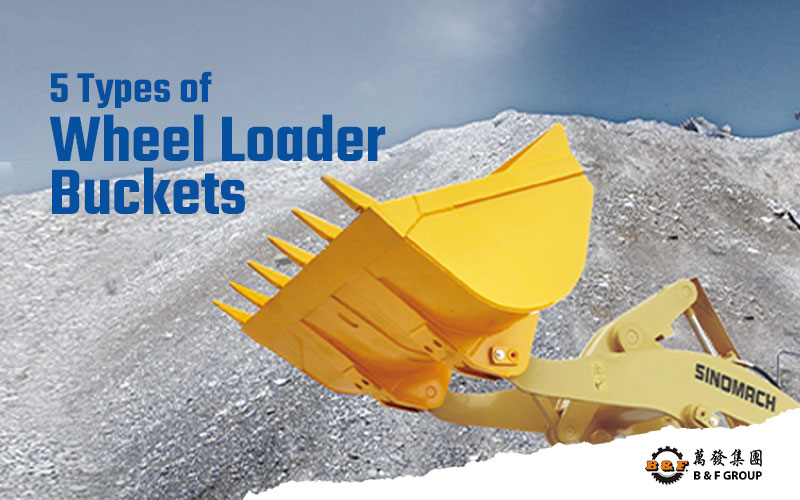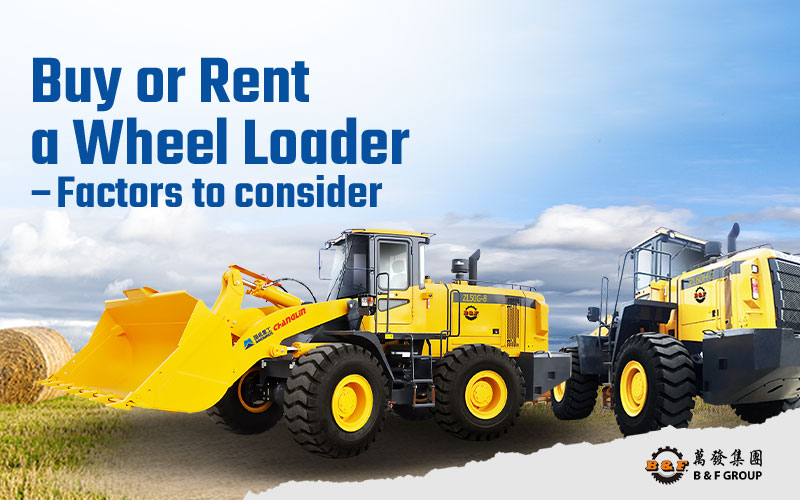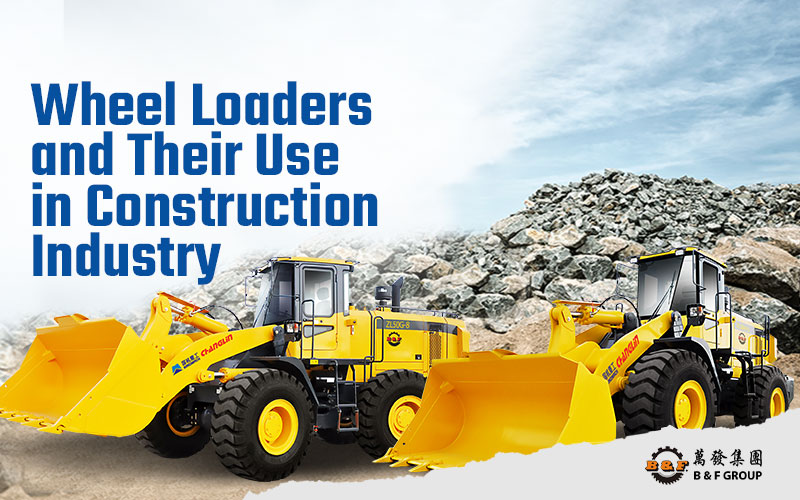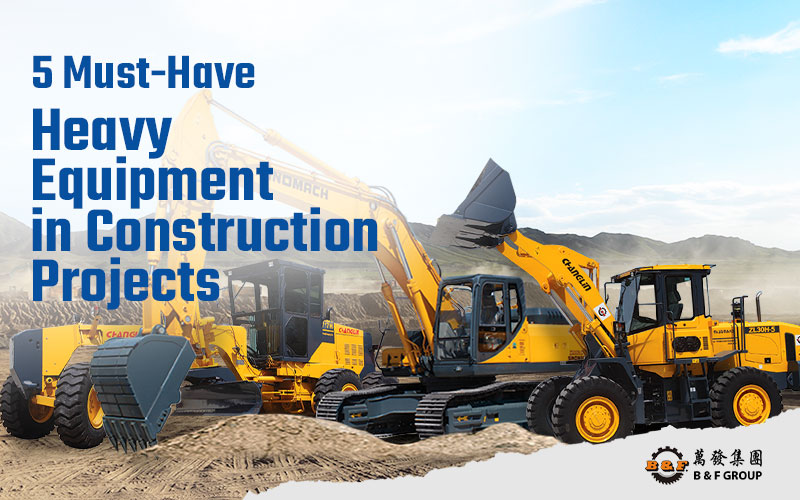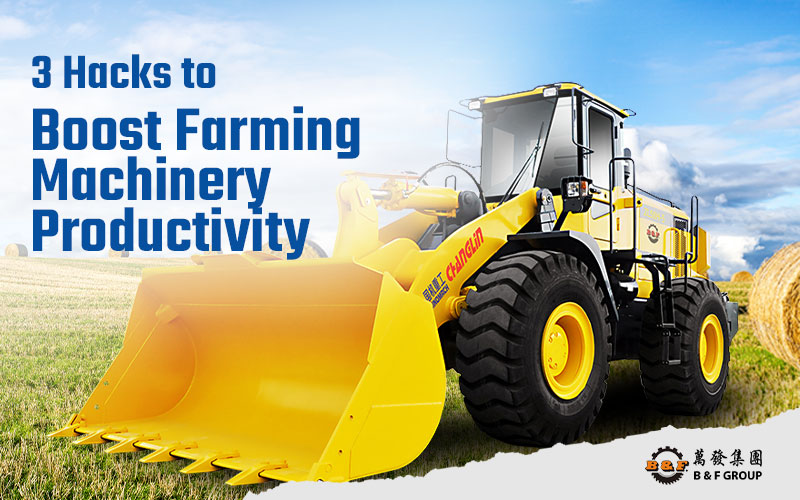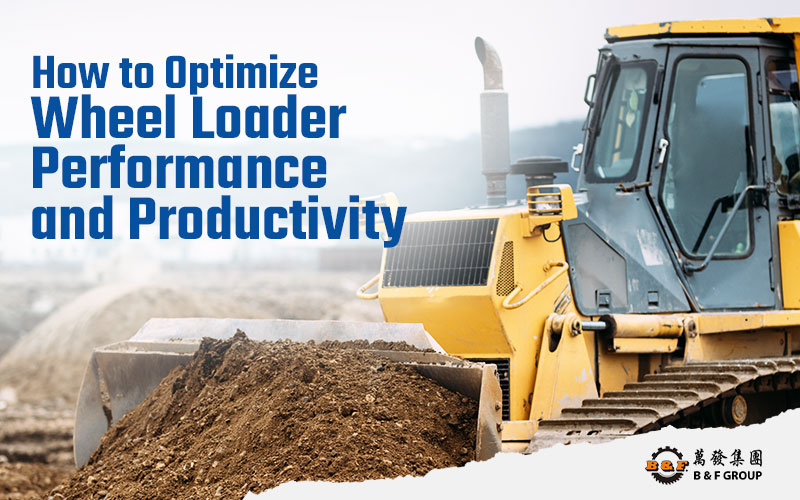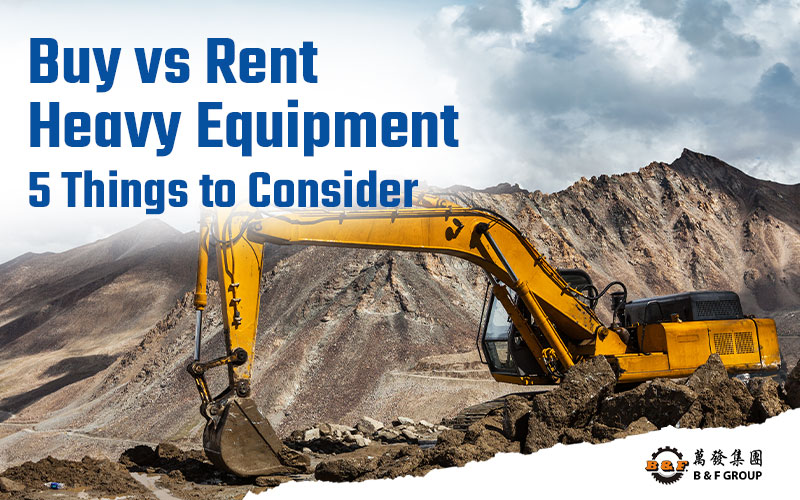
Daily wheel loader inspection is crucial in maintaining its optimal performance and safety.
A proper wheel loader checklist also plays a vital role in identifying potential issues and preventing accidents or breakdowns.
Daily Wheel Loader Inspection Checklist: Essential Steps for Safe Operation
When it comes to operating heavy machinery like wheel loaders, safety should always be the top priority.
In this blog, we present a comprehensive guide to conducting a daily inspection of your wheel loader.
By implementing this front end loader checklist, you can proactively identify and address any potential issues, maintain optimal performance, and create a safe working environment.

1. Exterior inspection
The first step in the daily wheel loader inspection is thoroughly examining the exterior components.
This includes checking the overall condition of the wheel loader for any signs of damage or wear.
Inspect the tires to ensure proper inflation, adequate tread depth, and absence of punctures or cuts.
Additionally, carefully examine the loader arms, bucket, and other attachments for cracks, bends, or loose components.
Verify that all lights, mirrors, and reflectors are clean, functional, and properly adjusted.
Lastly, ensure the presence and legibility of warning decals and safety labels.
2. Fluid levels
Maintaining proper fluid levels is essential for the optimal operation of your wheel loader.
Begin by checking the engine oil, coolant, hydraulic fluid, and fuel levels according to the manufacturer’s recommendations.
While inspecting the fluid levels, keep an eye out for any signs of leaks or abnormal levels.
If necessary, top up the fluids to the appropriate levels using the recommended products.
3. Engine compartment
The engine compartment plays a critical role in the performance of your wheel loader.
Start by inspecting it for debris, dirt, or any obstructions that may hinder cooling or airflow.
Clean or replace air filters if they appear dirty or clogged.
Furthermore, check the battery terminals for tightness and corrosion, ensuring proper electrical connections.
Additionally, inspect belts and hoses for any signs of wear, cracks, or leaks that may affect engine performance.
4. Cabs and control
The operator’s cab and controls are essential for safe and efficient operation.
First, ensure all safety features, such as seat belts, roll-over protection structure (ROPS), and falling object protection structure (FOPS), are intact and functional.
Secondly, inspect the operator’s seat for any damage or malfunction.
Next, check that all controls, levers, pedals, and switches are in proper working condition.
Verify that gauges and instruments are functioning correctly to provide accurate information to the operator.
5. Safety features
Ensuring the proper functioning of safety features is paramount for the operator’s and bystanders’ safety.
Test all safety features, including alarms, lights, backup alarms, and fire extinguishers.
Also Inspect the fire suppression system, if applicable, and ensure it is in working order.
Additionally, check the functionality of the horn and backup camera, if equipped.

Best Construction Equipment: Malaysia Local Wheel Loader Supplier
In conclusion, the wheel loader daily inspection checklist is essential for extending the lifespan of your equipment and minimizing downtime.
However, remember to consult your equipment’s manufacturer manual for specific wheel loader checklists and recommended wheel loader maintenance checklists.
Looking for a trusted local wheel loader supplier in Malaysia?
Contact us today to explore our wide range of high-quality wheel loaders, tailored to meet your specific construction needs.
Our experienced team is ready to assist you in selecting the perfect wheel loader and providing comprehensive support to ensure your construction projects run smoothly and efficiently.
Don’t miss out on the opportunity to enhance your construction operations with top-notch wheel loaders.
So, reach out to us now and enjoy a FREE CONSULTATION!















